T4K3.news
ESPN launches stand-alone streaming service
ESPN debuts a direct-to-consumer option priced at $29.99 per month with bundling of Disney+ and Hulu for a year, plus upcoming carriage deals with major pay TV providers.
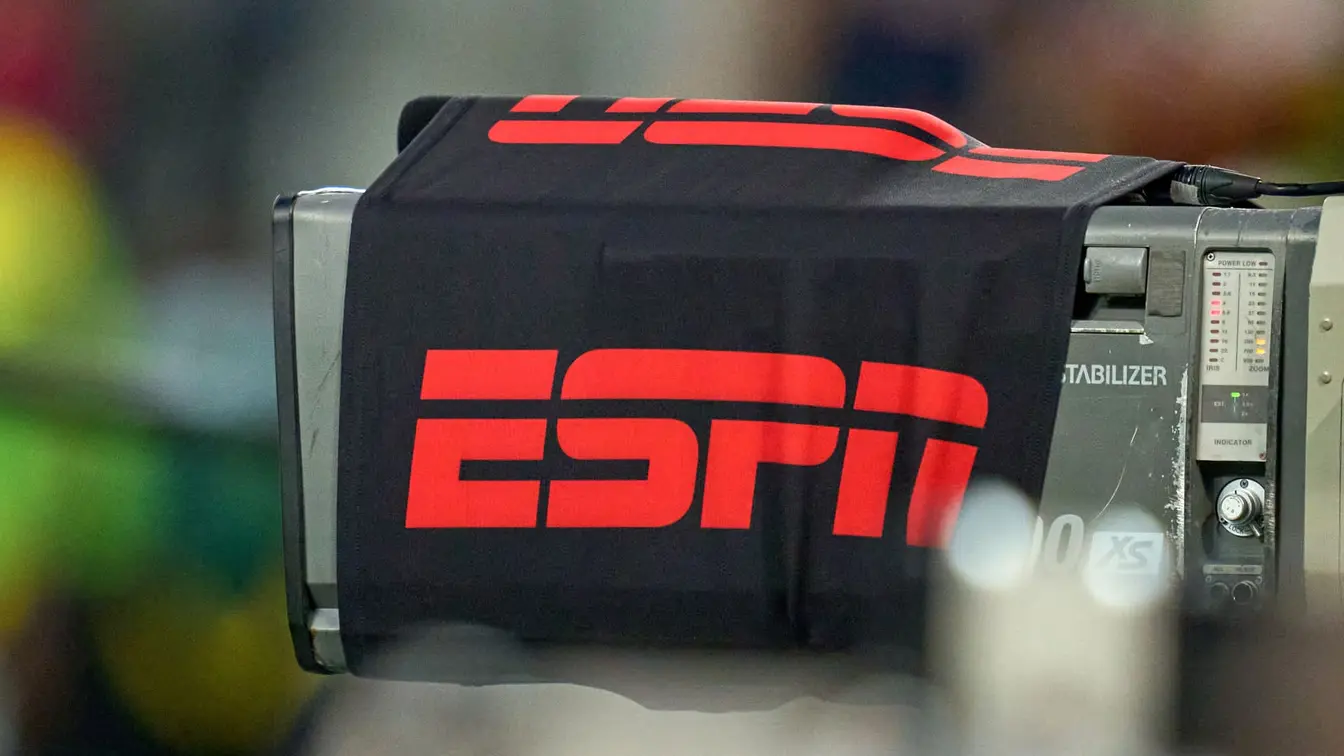
ESPN launches a stand-alone streaming product priced at $29.99 per month, signaling a major shift as Disney pursues direct to consumer while preserving the cable bundle.
ESPN Direct-to-Consumer Launch Sets Up Growth Challenge
ESPN on Thursday rolled out a stand-alone direct-to-consumer product that lets fans buy ESPN programming without paying for a full pay TV bundle. The introductory price is $29.99 per month, and buyers will also receive ad supported Disney+ and Hulu free for the first year. The app includes features that surface fantasy stats and live bets for users who participate in ESPN Bet in states where online sports wagering is legal. ESPN markets the product as ESPN rather than ESPN Plus.
In practical terms, analysts say the near term impact on subscribers will be modest. LightShed founder Rich Greenfield sees about 2 million direct-to-consumer ESPN users by the end of 2025. Wolfe Research’s Peter Supino projects 1.75 million this year, rising to 3 million by 2026. MoffettNathanson estimated around $300 million in incremental revenue in the first year, a forecast revised after ESPN announced deals to house WWE premium live events and a Fox One bundle. ESPN plans to convert ESPN Plus customers into ESPN Select, the lower tier that will exist alongside the main service, and it also aims to strike carriage deals with major providers such as Comcast, Cox and YouTube TV to grant customers access through authenticated subscriptions. The rollout makes ESPN a direct to consumer signal without killing the value of its traditional bundle, at least in the near term.
Key Takeaways
"The goal is to serve the entire ESPN audience even better and we will."
Pitaro on strategy
"We see ESPN flagship as more of an extension of ESPN linear and don't see it as a service that will attract lots of standalone subscribers."
Robert Fishman on subscription outlook
"When we went into this and ultimately decided we were going to go direct to consumer a few years ago, we recognized internally that it would not serve us to incentivize people to the cord."
Pitaro on path to direct to consumer
"The goal is not incremental change The goal is significant change"
Brian Rolapp on ambition
Disney is walking a tight line. It wants direct to consumer growth without wrecking the cable bundle that still funds most of ESPN’s profits. The tactic of giving away ESPN DTC features to authenticated cable customers signals a soft blend: reward the core subscriber while inviting cord-cutters to join later. The risk is cannibalizing ESPN Plus before new standalone subs prove durable.
Longer term, the strategy rests on carriage deals with large pay TV distributors that will let the ESPN app act like a cable replacement for many households. The MLB rights push and WWE PLEs could help lure fans, but the pay TV ecosystem is unpredictable. If the numbers stay small in the near term, investors will demand a clear path to durable streaming profitability even as the company protects its existing bundles.
Highlights
- Streaming is the new battleground for ESPN's future
- The price may test whether fans will pay for access
- Distributors win if fans stay with bundles
- This isn't a sprint, it's a long game for the streaming era
Financial risk from streaming pivot
The shift from a cable heavy model to direct-to-consumer relies on uncertain subscriber uptake and new distribution deals. Near-term revenue may lag expectations, testing both investors and Disney’s balance sheet.
The real test is whether ESPN can turn streaming into a durable growth engine without breaking its traditional subscriber base.
Enjoyed this? Let your friends know!
Related News

Streaming sports bundle lands Oct 2
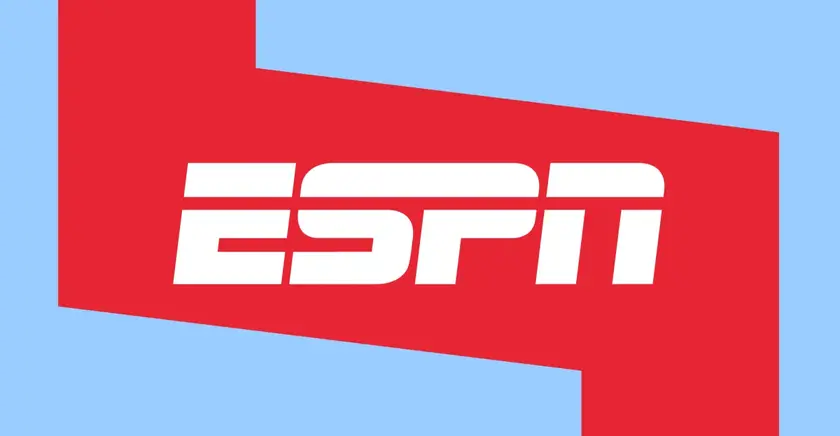
ESPN Fox bundle launches with discount
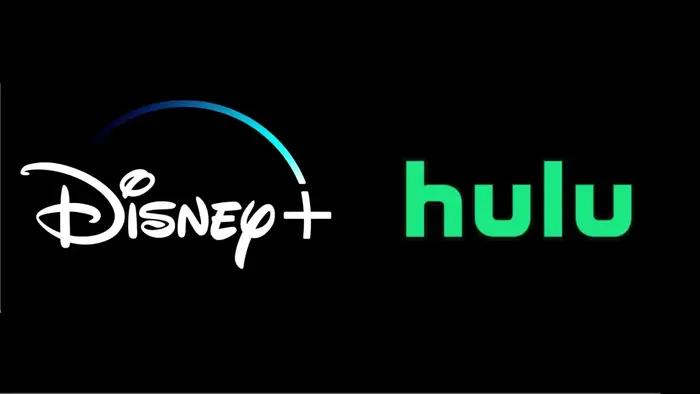
Hulu to Merge with Disney+ by 2026
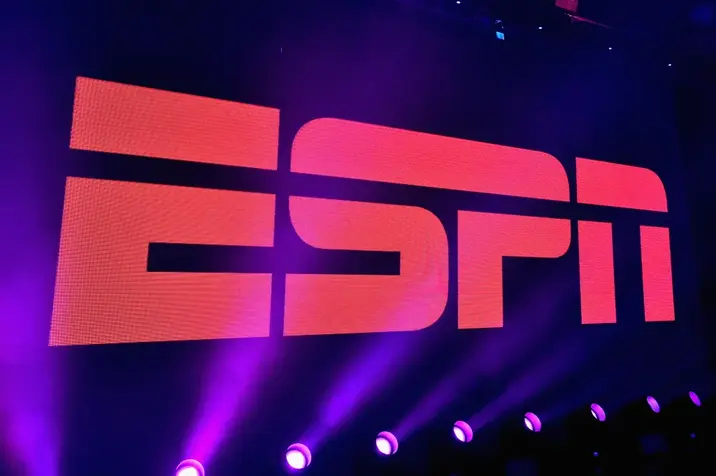
ESPN to launch new streaming service on August 21
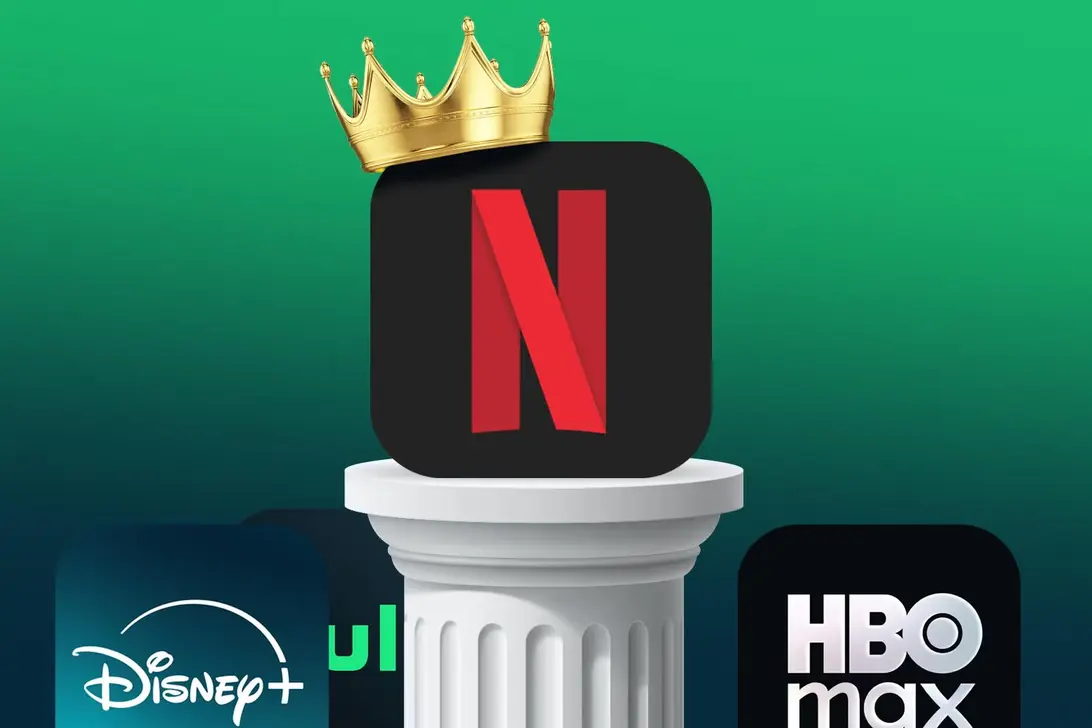
Disney fully integrates Hulu into Disney+
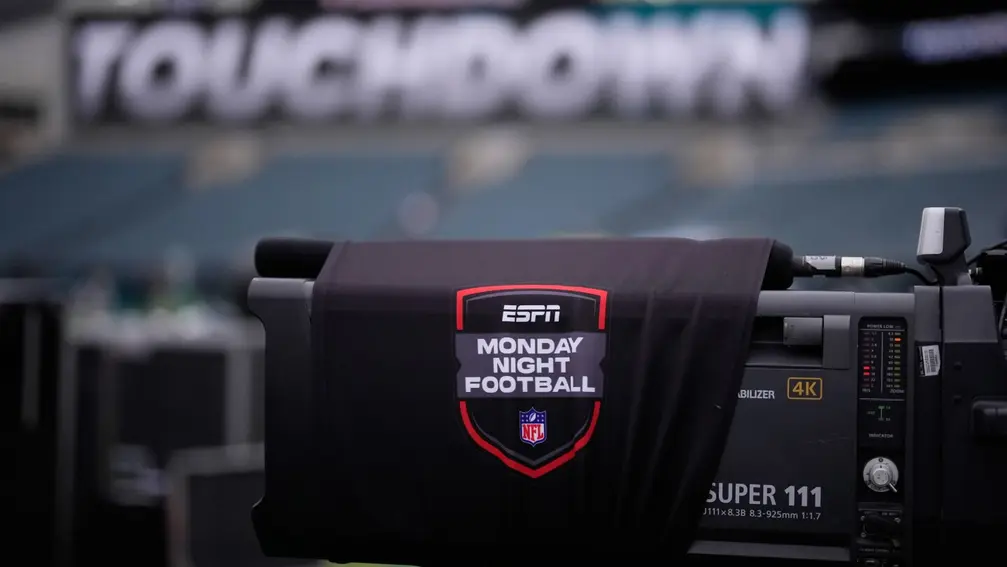
ESPN defines streaming future with new service
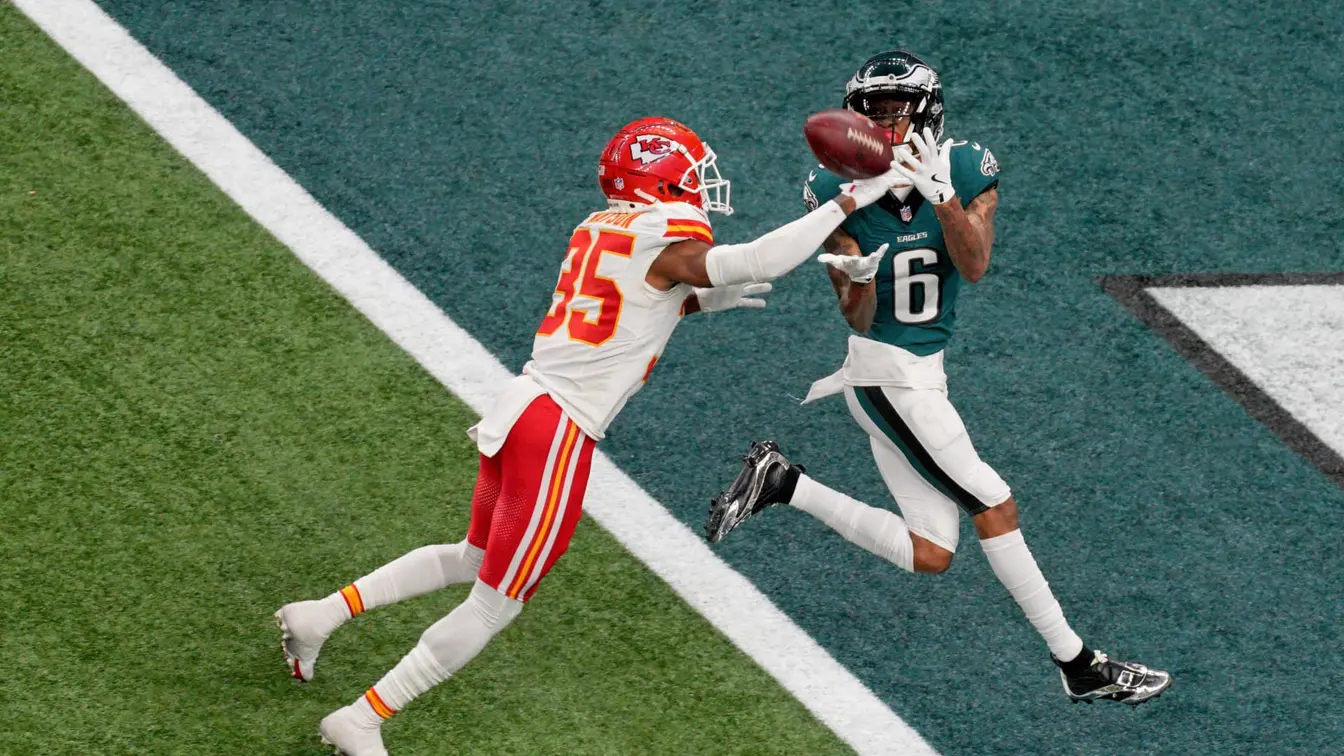
ESPN Fox bundle arrives this fall

ESPN secures NFL and WWE broadcasting rights
